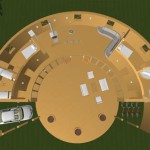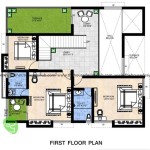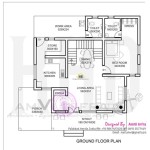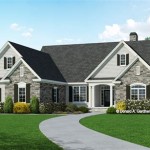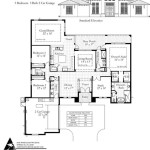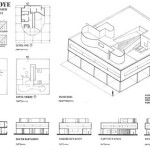Essential Aspects of Solar House Plan
Designing a solar house requires careful consideration of several essential aspects to optimize energy efficiency and maximize the benefits of solar power. Here are the key elements to keep in mind:
## Site OrientationThe orientation of your house on the property is crucial for maximizing solar gain. Ideally, the house should be positioned with the largest windows and roof area facing south in the Northern Hemisphere and north in the Southern Hemisphere. This allows for optimal exposure to the sun throughout the day, reducing the need for artificial lighting and heating.
## Roof DesignThe roof is the primary surface for capturing solar energy. Consider installing a solar panel array on the south-facing roof slope. The array should be properly sized to meet your energy needs and should be designed to withstand the local climate conditions.
## Window PlacementWindows play a dual role in solar house design. They allow natural light to enter, reducing the need for artificial lighting, and also provide passive solar heating. Place large windows on the south or north side of the house to maximize solar gain. However, consider installing overhangs or blinds to prevent overheating during summer.
## Insulation and Air SealingInsulation and air sealing are essential for minimizing heat loss and maintaining a comfortable indoor temperature. Use high-quality insulation in the walls, roof, and foundation to prevent heat from escaping. Seal any gaps around windows, doors, and other openings to prevent air leakage.
## Thermal MassThermal mass refers to materials that absorb and store heat during the day and release it at night. Materials such as concrete, stone, and tile can be incorporated into the house design to provide thermal mass. This helps regulate indoor temperature, reducing the need for heating or cooling.
## Passive Solar HeatingPassive solar heating techniques rely on the sun's energy to heat the house without the use of active heating systems. In addition to using windows for solar gain, consider incorporating a sunroom or thermal chimney to circulate warm air throughout the house.
## Active Solar HeatingActive solar heating systems use mechanical devices to collect and distribute solar thermal energy. These systems include solar thermal collectors that heat water or air, which is then circulated through the house to provide heat. Active solar heating can supplement passive solar heating or be used as a primary heating source in colder climates.
## ConclusionBy incorporating these essential aspects into your solar house plan, you can create a home that is energy-efficient, comfortable, and environmentally friendly. Remember to consult with an experienced architect or solar designer to ensure proper implementation and to maximize the benefits of solar power in your home.

Great Floor Plan For Solar Passive Home In Google Search House Plans Narrow

Solar Adobe House Plan 1870

Passive Solar House Plans Version 3 Byexample Com

Passive Solar Home Plan At Alternative Heating Com House Design Homes Plans

Solar Home Building Plans Durango Homes

Passive Solar House Plans For Our Off Grid Homestead Byexample Com

Passive Solar House Plan 2 Bedrms Baths 1418 Sq Ft 146 2710 Plans Homes

Green Passive Solar House Plans 1

Passive Solar House Plan 2 Bedrms Baths 1418 Sq Ft 146 2710

House Plan With Pergola The Is Poorly Oriented For Passive Solar Scientific Diagram


